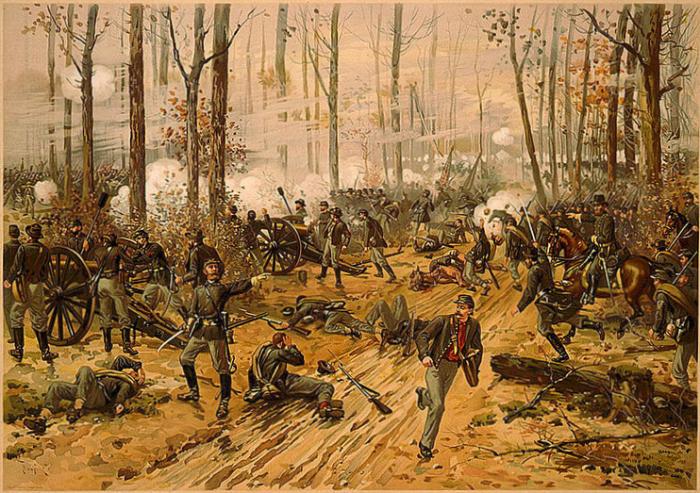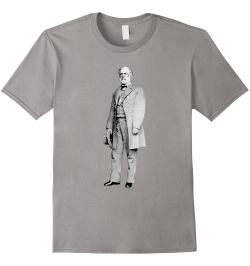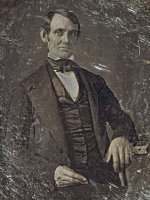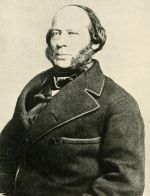Angel's Glow at The Battle of Shiloh
At the Battle of Shiloh a strange phenomenon took place which came be known as Angel's Glow...
As you may know, the Battle of Shiloh was a very bloody battle. With men desperately contesting the battle non-stop from dawn to dusk, the wounded and dying were left to find their own help. On top of that, neither army's medical services were prepared to deal with this level of carnage. As a result, many men were left lying in the field for days.
This was a wet swampy region, which meant many of the wounded spent their waiting hours lying in mud and foul water. To compound their misery, it also rained part of the time, especially the first night. All told, it took two days and two nights for all the wounded to be recovered from the battlefield at Shiloh.
So what does this have to do with Angel's Glow? Good question...
During the night, as men lay in the mud, muck, and rain, too wounded to crawl to safety, something strange began to happen...
Some men's wounds began to glow faintly!
For no apparent reason open, bloody wounds were giving off a faint greenish blue glow...
Spooky, right?
Well, the soldiers thought so too, until they were finally treated and began to recover. That is when things started to get even stranger...
It was then that medics discovered something odd. Men who reported that their wounds had been glowing during the night seemed to have definite advantages over those whose wounds did not glow. Those who had glowing wounds reportedly had a much higher survival rate than those who did not. Also, wounds that glowed seemed to have less infection, seemed to heal faster, and seemed to scar less than their non-glowing counterparts.
This was apparently not isolated to a few incidents either, because, it was prevalent enough to earn a nickname from soldiers. The glowing wounds were dubbed "Angel's Glow."
These stories have often been dismissed as folklore and legend, but now there seems to be a viable explanation for the legendary Angel's Glow...
The Angel's Glow Explanation...
An explanation for the possible cause of the Angel's Glow phenomenon was finally offered in 2001. This explanation was put forward by two high school students in their science fair project...
You read that right, SCIENCE FAIR PROJECT!!!
Kind of puts the old soda and vinegar volcano to shame, doesn't it?
The kids were 17 year old William Martin and 18 year old Jonathan Curtis. Granted, they got some assistance from Martin's microbiologist mother, but she insists that the idea was theirs and that they performed the experiments themselves...
So here is what they came up with...
It all starts with tiny parasitic worms called nematodes. These worms carry a bacteria called Photorhabdus luminescens, which glows in the dark. A nematodes preferred modus operandi is to burrow into an unsuspecting insect, puke out the Photorhabdus luminescens bacteria, wait for the bacteria to kill the insect, and then feast. What is interesting about this bacteria is that not only does it kill the insects, it tends to kill any competing bacteria it may find.
Therefore, the boys' theory was that nematodes were drawn to insects which might frequent gruesome wounds, and in puking bacteria into the insects also spilled some into the soldier's wounds. This would have caused the wounds to glow, while at the same time killing bacteria that causes gangrene and other dangerous infections. Which would in turn lead to better survival rates and quicker recovery.
There was one problem, Photorhabdus luminescens can not survive at warm temperatures like those found in the human body. So, there is no way this bacteria could survive in the wounds of soldiers; because, their warmth would kill it. If this good bacteria is dead, it can't kill the bad bacteria, which means no more Angel's Glow.
The kids came up with a solution to this problem, too. The Battle of Shiloh took place in early April when temperatures were still fairly cool. Also, the men involved lain out for long periods of time in wet, cold, muddy ground and got rained on. It is likely that many soldiers developed hypothermia. This would drive down body temperatures to levels not lethal to the good bacteria.
This also provides an explanation for why the soldiers did not develop Photorhabdus luminescens infections. Yes, it can cause an infection just like any other bacteria. The "good" bacteria killed off all other infection causing pathogens in the wounds, but when the men were taken to the hospital and warmed up, they naturally killed off the Photorhabdus luminescens, preventing it from causing an infection. Men whose wounds didn't glow, probably never got cold enough for hypothermia to set in, preventing the good bacteria from taking hold. Who knew it could be good to develop hypothermia?
There you have the amazing story of Angel's Glow and what is believed to have caused it...









New! Comments
Have your say about what you just read! Leave me a comment in the box below.